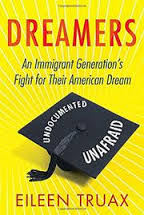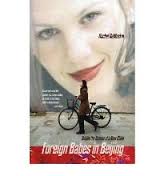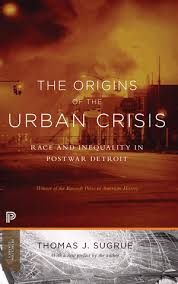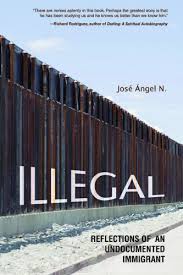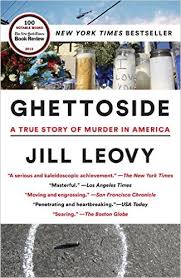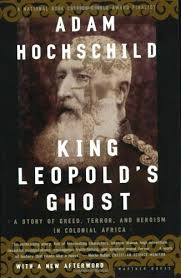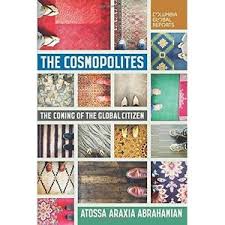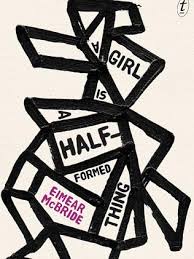The Wilds of Western Massachusetts
No one accidentally finds their way to MASS MoCA. A sprawling massive complex dedicated to contemporary art, MASS MoCA is in North Adams, Massachusetts, on the Hoosic River valley in western Berkshire County. North Adams has the smallest population of any city in Massachusetts. If 2,000 people leave, it becomes a town. North Adams is just over an hour’s drive from Albany and nearly three hours from Boston. In five minutes you can be in Vermont. North Adams was originally a mill town and in the twentieth century, Sprague Electric was the area’s largest employer. After it shuttered, a collaborative effort and much politicking led to the creation of MASS MoCA on its former site. It is a museum of great scale. It sits alone in a city that hopes to capture tourists and their dollars.
My trips to Mass Moca usually start from Boston, driving north and then west on Route 2. The land is hilly and by the tiny hamlet of Florida, MA, we’re in the Hoosic range. It is eastern mountains and the flora shifts accordingly. The woods are denser and colder. Steven King knows these woods, not Henry David Thoreau. After ascending the Whitcomb Summit – and there’s a nice spot to pull over and take a photo – route 2 heads downhill in a series of swoops, curves, and cutbacks. A true hairpin curve slows the traffic to a crawl. Over the shoulder you can make out North Adams, which stands out defiantly amid the hills and woods.
These shifts, from light to dark, from friendly to threatening, and from planned to dramatic, set the stage for my last visit Mass Moca and the powerful work of Alex Da Corte. His exhibit, Free Roses, closed in September. Now it only exists online, in print, and in the minds of those of us fortunate to see it in person. It lingers. Da Corte has the ability to take the known and make it strange, the humorous and make it unsettling – and to do it with style and a light touch.
Da Corte works with vibrant colors, familiar objects, humor and a strong taste of the Gothic. Free Roses contained new pieces and  older workers. The overall installation took advantage of the tremendous space of the galleries. Da Corte was thoughtful about lighting, flooring, and how pieces were situated. Spanning multiple rooms, the exhibit a carnival of creepy, provocative and gaudy, if not cheerful. It collectively gave me a sense of other worldness.
older workers. The overall installation took advantage of the tremendous space of the galleries. Da Corte was thoughtful about lighting, flooring, and how pieces were situated. Spanning multiple rooms, the exhibit a carnival of creepy, provocative and gaudy, if not cheerful. It collectively gave me a sense of other worldness.
He is young – born in 1980 – and prolific. Da Corte gets the appeal of pop. He uses it to catch the eye and then subvert. Take a look at the wet hoagie (John Bernardo/Courtesy of Luxembourg & Dayan Gallery, New York). It is monumental and ridiculous, tasty and ready for critical analysis. Da Corte exercises a strong sense of play in his pieces, challenging symbolism and formalism with a wink or a critique.
When playful, it made me smile. When more ominous – a large series of pieces based on the poet Rimbaud’s A Season in Hell – it was disturbing. Da Corte works with neon, video, and animatronics. The robotic dog walking in a circle and the toy swans swimming endlessly in a loop were just kitschy enough to draw me in and then bother. He photographs, paints and curates. His work is accessible – disarmingly so – and haunting. It brought me wonder and just enough unease to remind me that the exhibit sits, like MASS MoCA, in a special place protected against a much less friendly world.
David Potash
